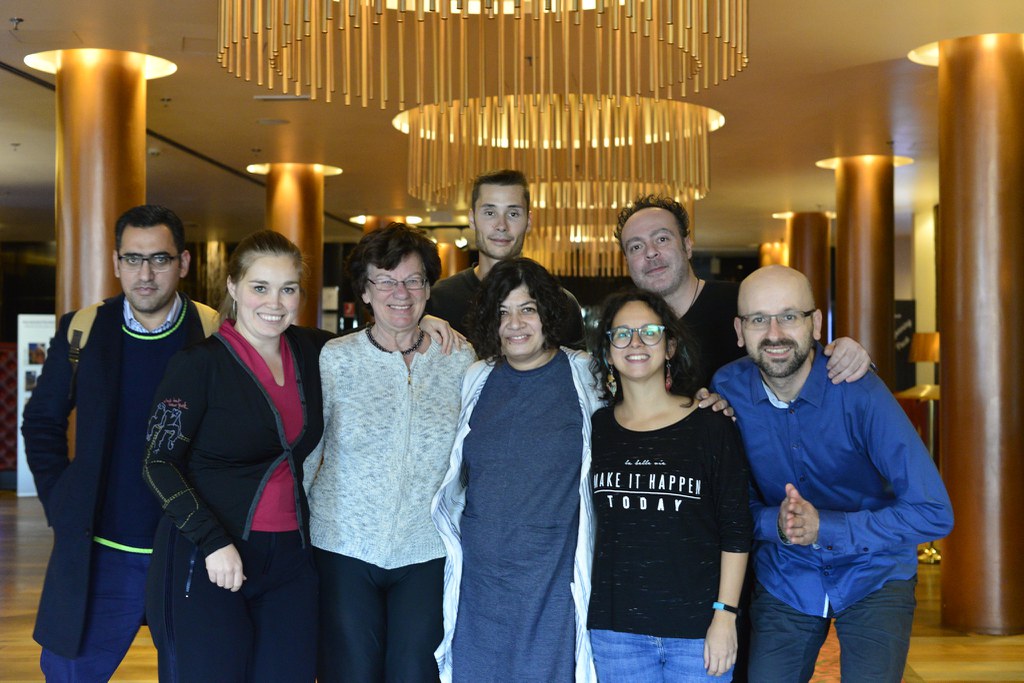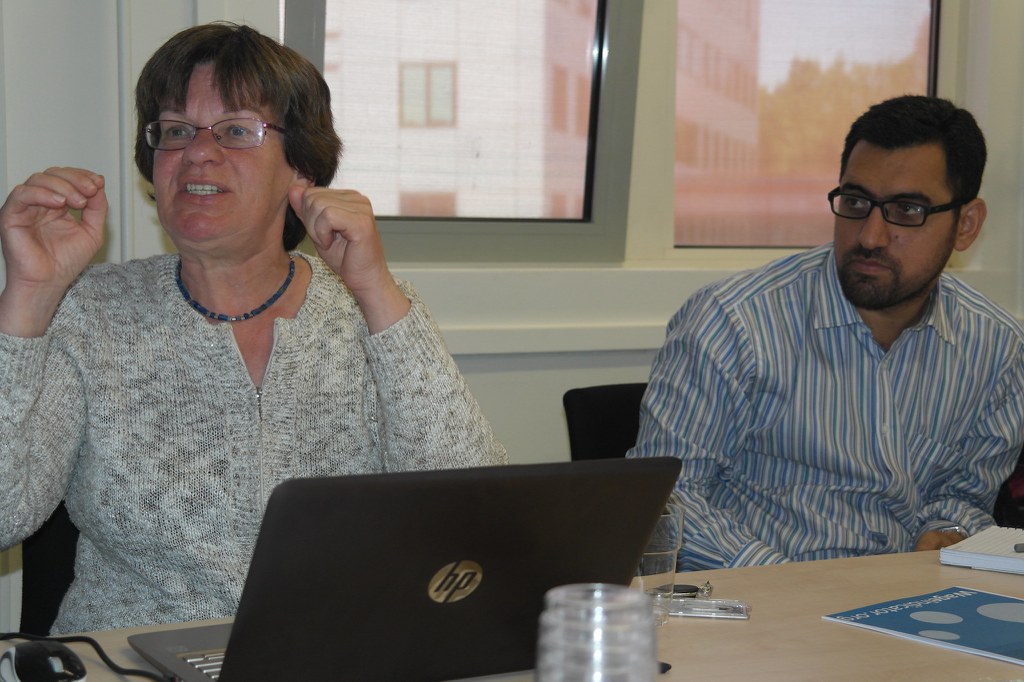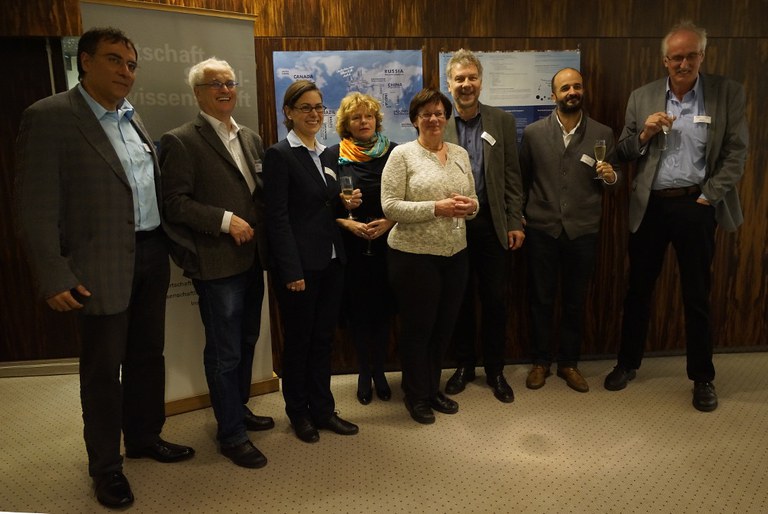You know how some things just work better together? Like bacon and eggs. Olive oil and balsamic vinegar. Gin and tonic. And Kea and Paulien!
Kea Tijdens is the Scientific Director of the WageIndicator Foundation, the organisation she co-founded with longtime work partner Paulien Osse over two decades ago. Focusing on global labour market transparency for over two decades, WageIndicator has grown into a truly international operation. And the bedrock of it all, the solid base upon which it is built, is a friendship that follows a similar vision – forged from fierce debates and calculated foresight.

“Paulien is good at one thing, I am good at another – we don’t really have overlapping skills. And we understand each other. That is how it has developed, with me involved with the database and IT, and Paulien looking at the websites, the finance, the marketing. We don’t make any major moves without agreement with one another,” Kea explains.
Solid academic background
With a solid academic background, Kea studied sociology at the University of Groningen in the Netherlands, gaining her PhD from Wageningen University. She then found her academic “home” at the University of Amsterdam, specifically the Amsterdam Institute for Labour Studies (AIAS), where she has been for the past three decades until she retired a few years ago.
It was Kea’s experience with research and surveys that inspired Paulien to approach her with the idea of creating a survey that explored women’s wages in the Netherlands. “We started a print survey that was included in women’s magazines. But we also made an online survey – this was in the late 1990s or so when the internet was still quite new. Interestingly, we got as many replies online as we did offline,” says Kea.
This inspired the duo to take things even further online, and the website Vrouwenloonwijzer.nl (Femalewageindicator.nl) was born. “There was something similar at the time, but it only targeted (highly educated) men. We thought, this is unfair – can we do this differently? And so we did,” laughs Kea.

Such was the success of the site that they were asked to include men, and later, they expanded into Europe and then Asia, Latin America and Africa, building unique country websites along the way. It was a gradual process, with the aid of European grants and other funding allowing them to grow. “In 2004 we got a European grant to expand the survey and websites to eight European countries. This allowed us to set up a network of researchers and web managers,” explains Kea.
Exciting early years
In 2005 they reached out to India, and other countries followed. The early years were really exciting, Kea says, as they were learning so much. “There was new technology involved, we were teaching ourselves about Search Engine Optimisation, and how to promote the websites. We started to learn ‘tricks’ – how to set up the websites more efficiently,” she says.
“As we progressed, we realised that standardisation was very necessary. When we started, each person in a country designed their own website and content – but when you are heading towards 100 or even 200 sites, this is not possible. We introduced the three pillars (Salary, Labour Law, Career), we standardised the surveys – and of course, we had to coordinate all the technology underlying this,” Kea continues.
“Being able to insert content from a database into our Plone (content management) system made a huge difference to what we were able to do – this is our main asset, really. It allows us to manage and update a huge global database of minimum ages, for example,” she says, with satisfaction.

Important steps forward
Collecting and analysing data for academic and research purposes, as well as providing free wage and labour information on the WageIndicator websites, is balanced with curated data sets which are sold to multinational and corporates. Kea is particularly pleased with how the collection of living wages has been upscaled with the help of interviewers and, more recently, WageIndicator interns.
“We have found there is a demand from multinationals with factories in many countries, to find out about local living wages. They want to pay a living wage. And they don’t want the publicity associated with low wages,” says Kea.
Did she ever think this is where WageIndicator would be, 22 years later? “I had no clue!” she laughs. “But all of sudden, things started to happen, and we said ‘hey, we can expand’. We took important steps forward. We made important decisions – like standardising the websites. And we have been collecting incredible data.”
She concludes: “I like working with WageIndicator so much. It’s been a wonderful process, and it has made me very happy.”
WageIndicator Foundation is in an exciting stage of leadership transition. Check out our news story on this transition.
